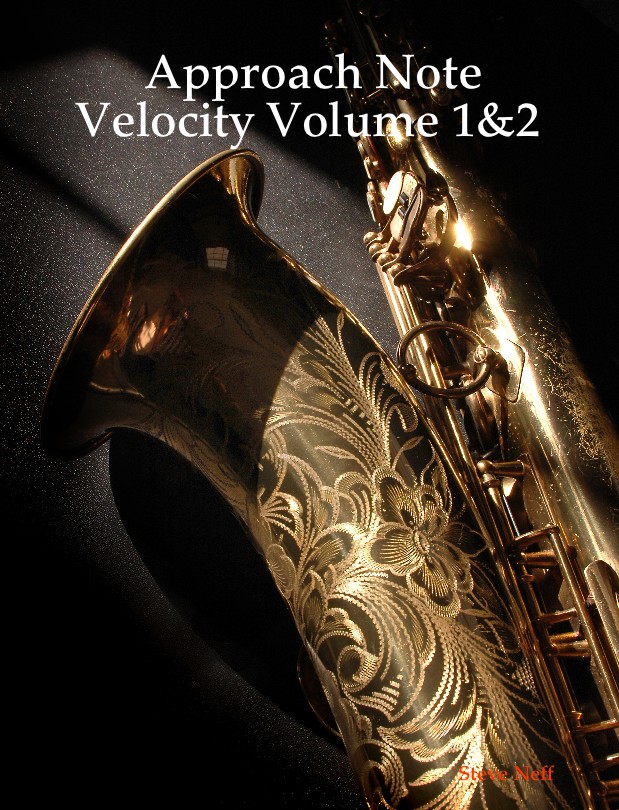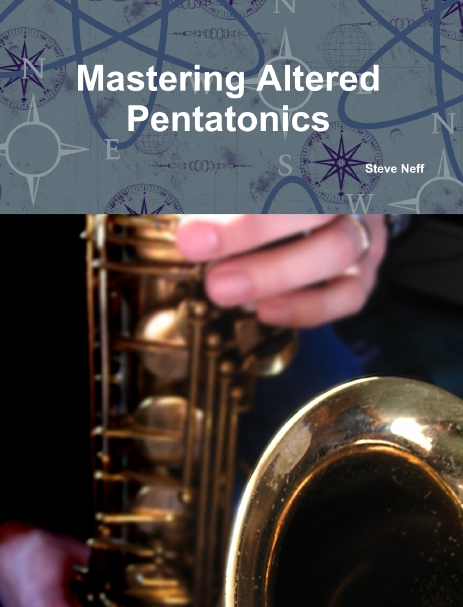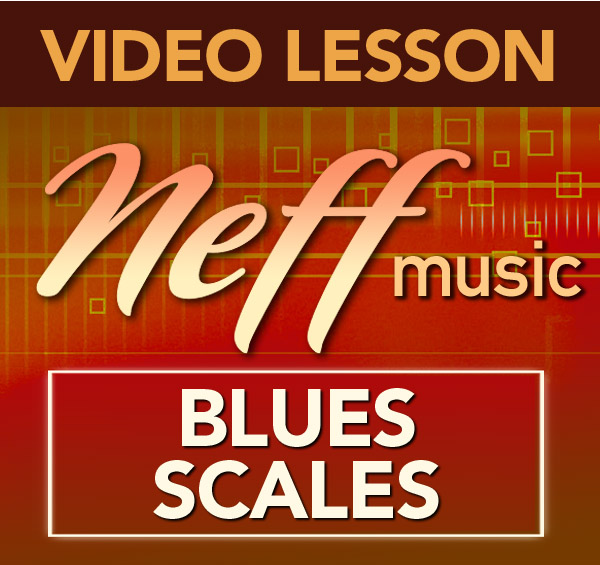Description
This is a continuation of my Major Approach Note book. Volume 2 is focused on all 12 minor keys. This is an incredible resource for anyone wanting to master approach note patterns in all minor keys. The word “Velocity” is in the title because after I practiced these for a couple months, I found myself playing faster than ever over minor grooves. For more background on this book read the description below taken from the “Approach Note Velocity Vol. 1” book. Enjoy!
A number of years ago, I was frustrated with my playing over static major and minor grooves. It seemed like I always ran out of ideas and the ideas I had were stale and unoriginal. At that time, although I could play in all keys, more often than not I was held back to the same old diatonic patterns and licks I had studied as a kid. Besides this frustration, I felt like there were many keys with which I wasn’t comfortable. As a solution, I decided to come up with a comprehensive method using approach notes that I could use to systematically solve these perceived weaknesses in my playing. I started by writing out every approach I could think of in every key. For about 4-5 months, I worked on these approaches while playing along to Jamey Aebersold’s Volume 24 “Major and Minor” CD. As I worked on, and added to, my collection of approaches, I saw the positive results in my performances. Not only was I able to play faster over tunes, but I was feeling a confidence that I could start an idea on any note and find a way to resolve it and make it sound good. As I worked on them in depth, I began to notice that my confidence in every key was improving. Also, the method I was using was helping my ear to more easily hear key centers, and something cool was happening to my time concept. I was starting to play ideas in odd meters against 4. I wasn’t tied down to the 1,2,3,4 groove, but was playing across the bar lines. I really believe that working on these exercises has helped my playing immensely. I hope that you get as much out of these exercises as I have and that they will improve your performances. Thanks, Steve






Paul –
I’m an experienced player in the pop/soul/funk areas of music and, previously, classical. Over the decades I’ve been playing, I’ve always felt that I could do what I needed in those styles of music. However, recently I began to feel limited by my use of the same old licks. When I discovered Steve Neff’s website, and heard the audio examples based on the exercises in his books, I realized they were what I needed. I purchased all of them and have been working on them since. It’s very hard work – mind crunching sometimes – because I’m memorizing each exercise in every key, and using different rhythms as Steve suggests, but I can see the development taking place and the old barriers starting to break down already. Steve has obviously put so much of his experience and time into these books and I think it’s great that he’s made it all available for others to benefit from.
John L. –
The approach note ideas that Steve has compiled are well worth it. I have practiced a couple of standard bop approach ideas in the past, but this collection has unlimited impilcations, and has changed the way I practice and play already.
Its what my playing needed , without me knowing…
Phil –
“I have been using Steve Neff’s Books for the past 12 months as part of my daily practice and now that he’s made lessons available online it seemed like an obvious step forward in developing myself both as a Saxophonist and a Musician to try them. The lessons are taught in a friendly, relaxed manner and everyone can learn something from them from beginner to pro. Whether you want to develop spontaneity in improvising or building up your Musical vocabulary. Steve’s decades of knowledge will help you achieve your goals much easier.”
Thomas Korner –
I must tell you that your approach note exercises are such a gift! They were the missing link of my improvisations. I am studying now all types of approaching each chord note of each chord according to your book. It sounds modern and cool, and it helps you to figure out the chord notes as well. Thank you for this book!
Thomas
David Hatcher –
I have to tell you I really like your book. I graduated from Berklee with a performance degree in 97 and your book reminds me of the Banacos approach note system that I learned while in school. I like that you have written out the approaches in every key. I am sure these are good for many instruments but they are especially good for guitar.
Thanks,
David Hatcher
Sinkdrain –
Well, in searching for a new way to help my students double time during solos I decided to give Steve Neff’s “Approach Note Velocity” book a go.
The youtube clips of his approach reminded me of the lines I often play in the few keys I am very comfortable in. Got the book and realized that I would benefit greatly by working on this myself. Right off the bat it got me playing some appraches and lines I wouldn’t normally reach for. And best of all it got me playing in all the keys. I discovered that the sole reason I was comfortable in certain keys is because I already had a vocabulary of approaches. The book leveled the playing field in my uncomfortable keys by providing new vocabulary.
Another killer thing that I have been doing is taking his smaller approach cells and rhythmically displacing them. To aebersold, I’ll take Neff’s 1st approach and improvise playing all of them on one, then another round on the and of 1, then another round of 2, then beginning the and of 2, etc… This is opening up my awareness of where I am in the bar. Forcing resolutions in locations I never would have otherwise. Cool stuff…
These approaches are also polishing my altissimo register as the cells are very easy to hear and make a nice platform to play them up in that register with a quality tone and intonation.
Get this book… It’s great stuff.
Niklas –
Hi Steve!
I just felt that I wanted to tell you about the results that I have after about one year of approach note studies. It’s not everyday practicing but reasonably systematically for an amateur musician with a day work. My original goal was to become more fluent spelling out the changes and I really didn’t have the right tools to attack this. When I realized that your approach notes would fit the bill I became very motivated. Now with a couple of gigs during the late fall/winter I can say that the results start coming out in real playing situations. This is a great thing for me since my inability to just play over simple changes spelling them out has been kind of awkward to say the least. I now picture myself as making progress instead of just struggling, very satisfying!
I would like to stress that the video lesson format has probably been crucial for actually pursuing the task. After all, learning just the small number of approach notes well in all keys is a quite a lot of work. So, many many thanks for the lessons!
James Cheetham (verified owner) –
Hi Steve
Your books are brilliant.
As a pianist, after years of searching how, why and what to practise, I’ve arrived at similar triadic approach myself.
Your books reinforce my thoughts entirely whilst providing many exercises to practise.
The triad is king for now!
Thank you.
James